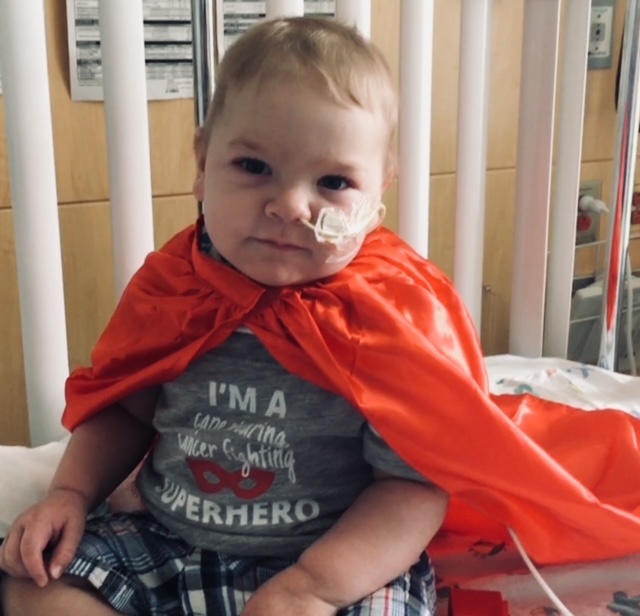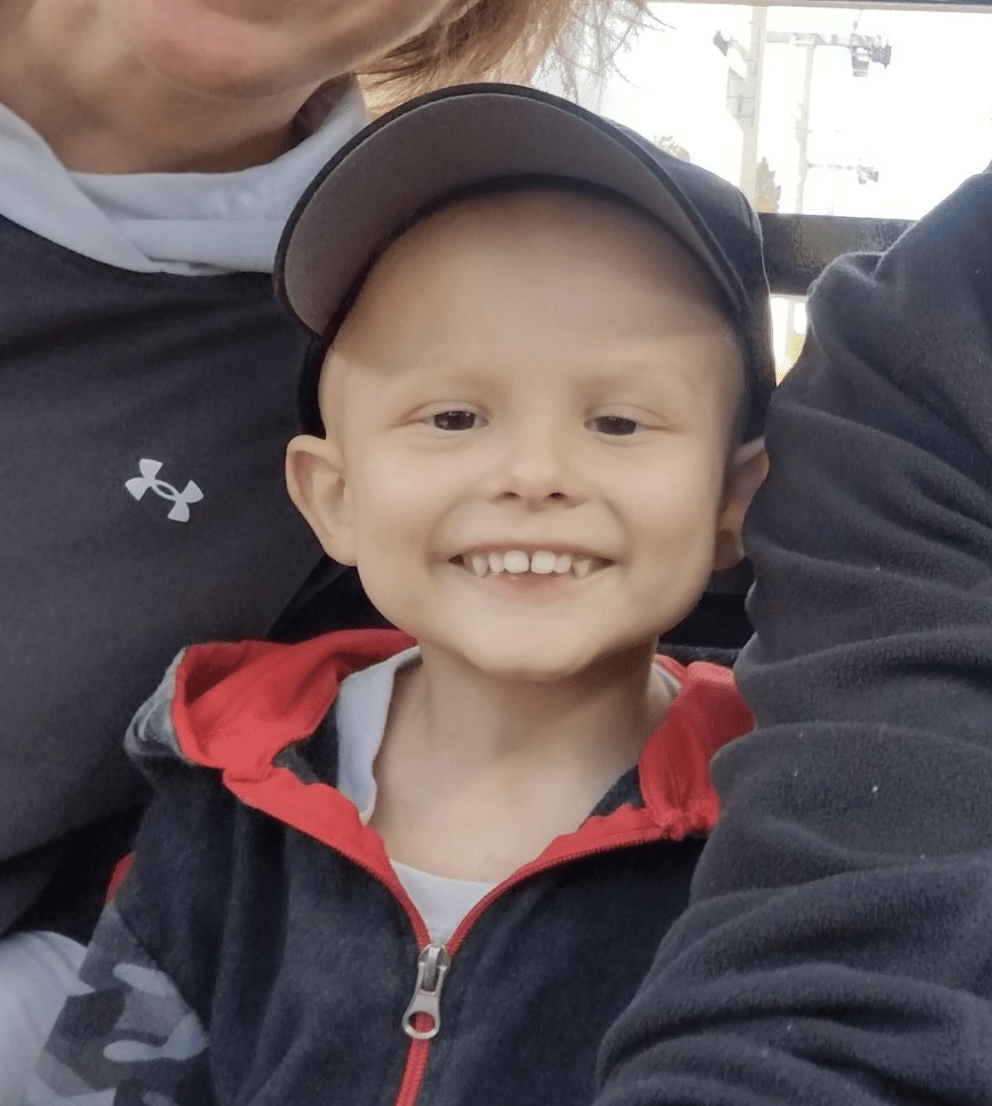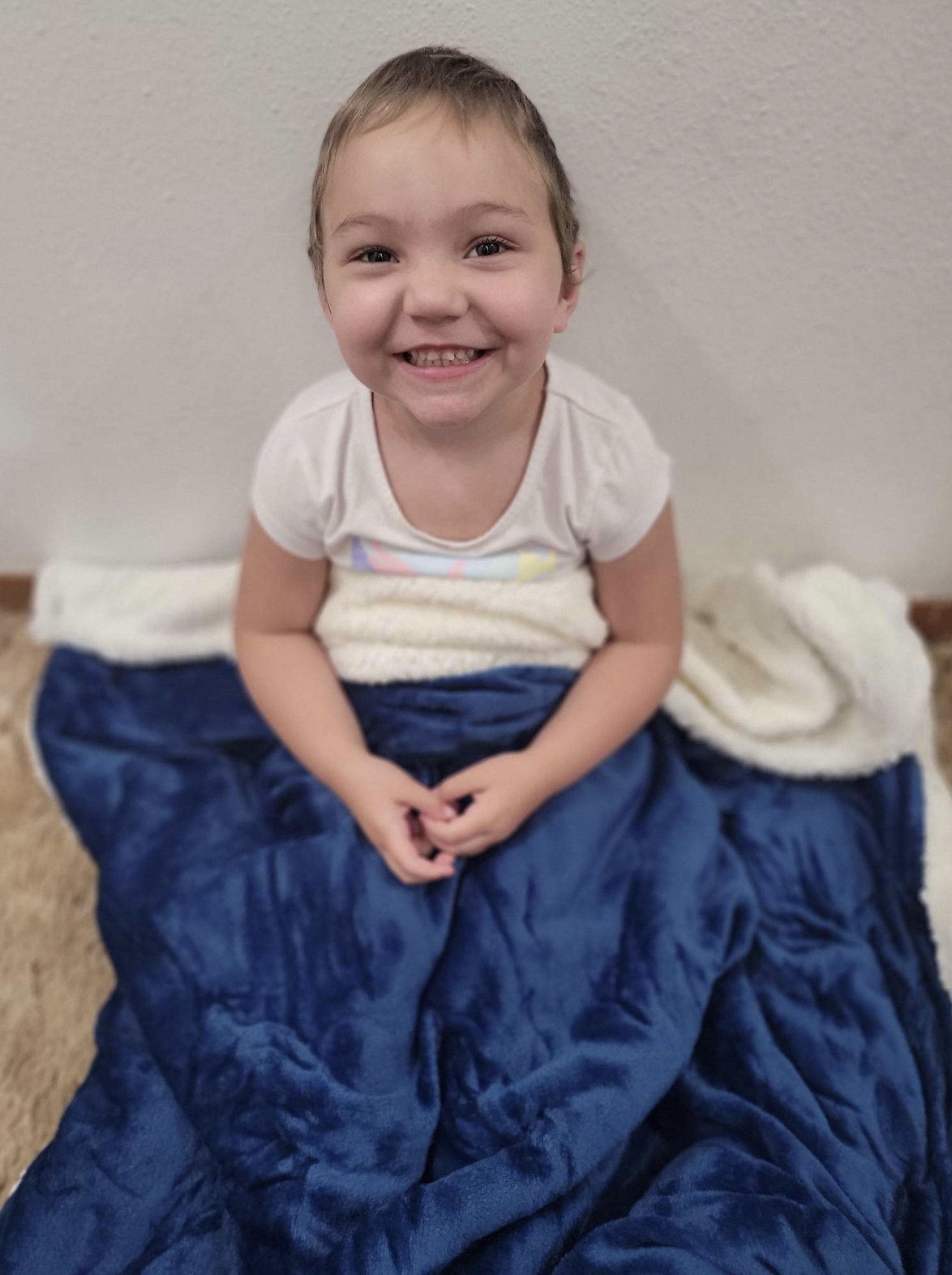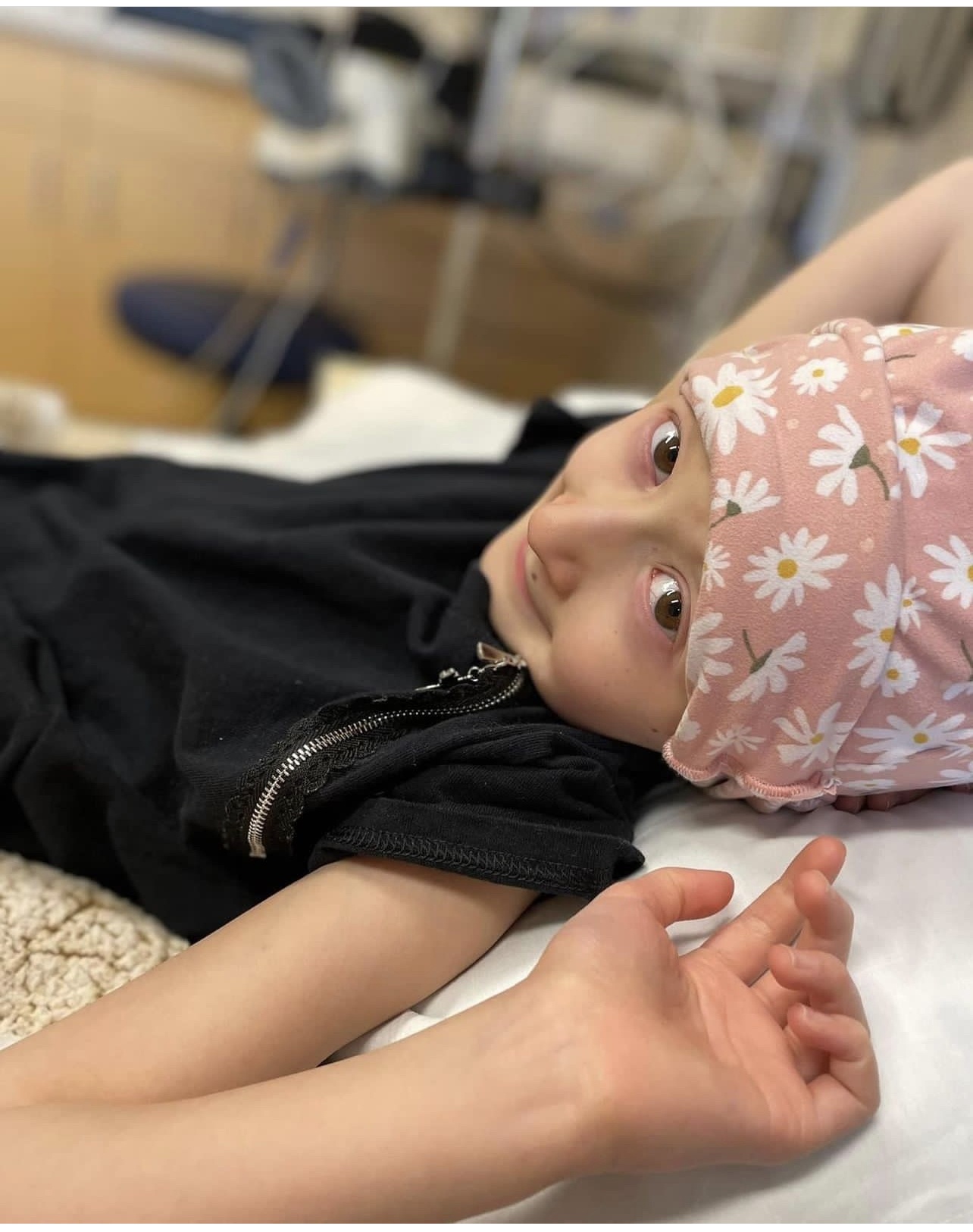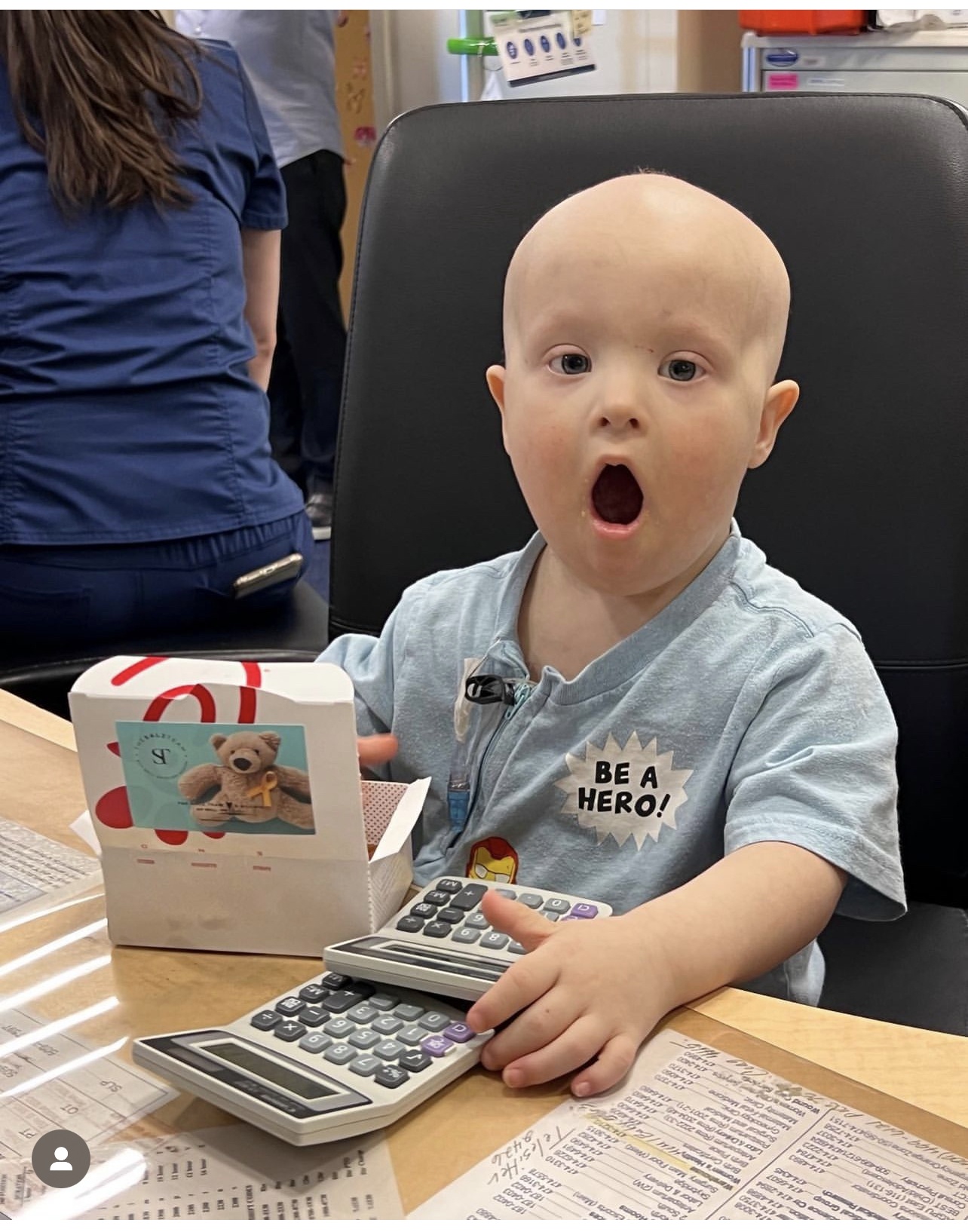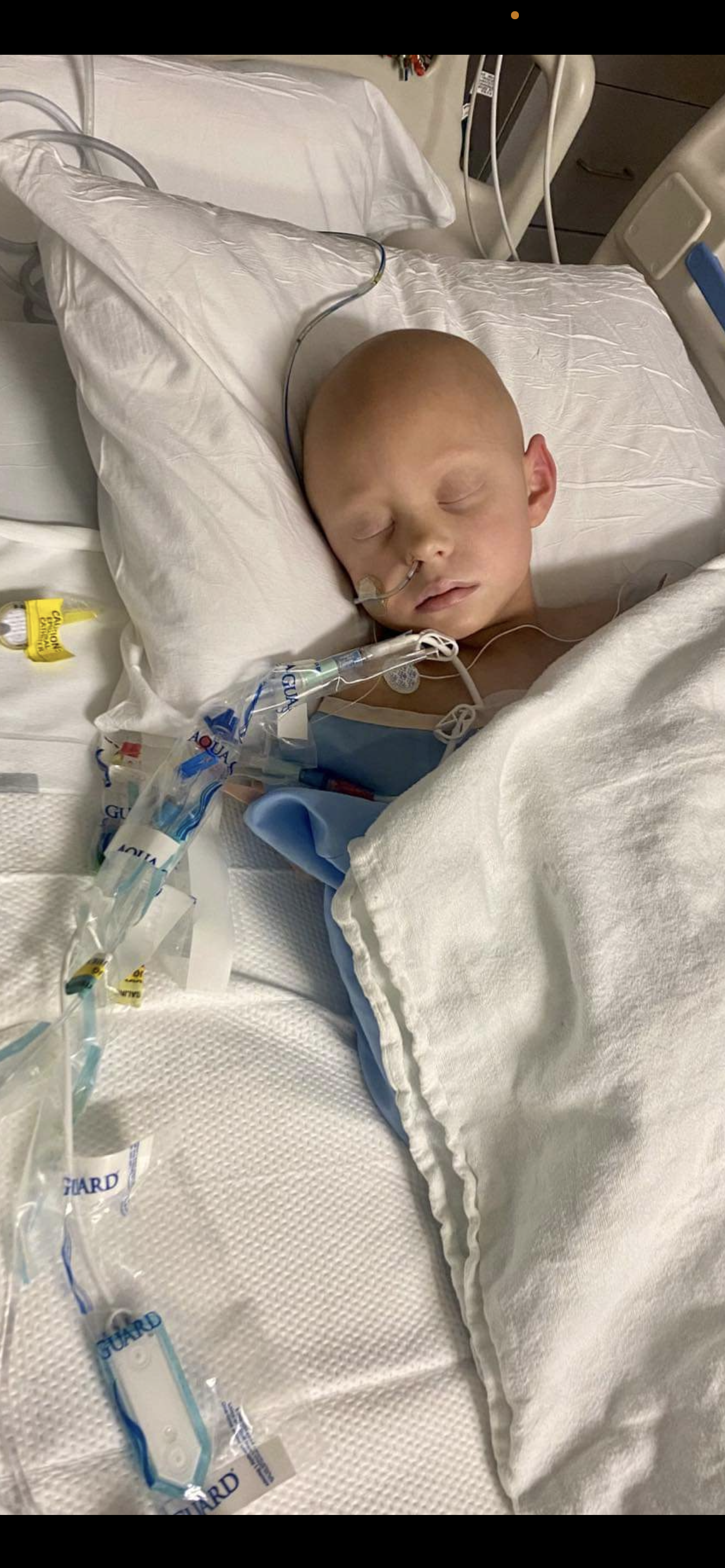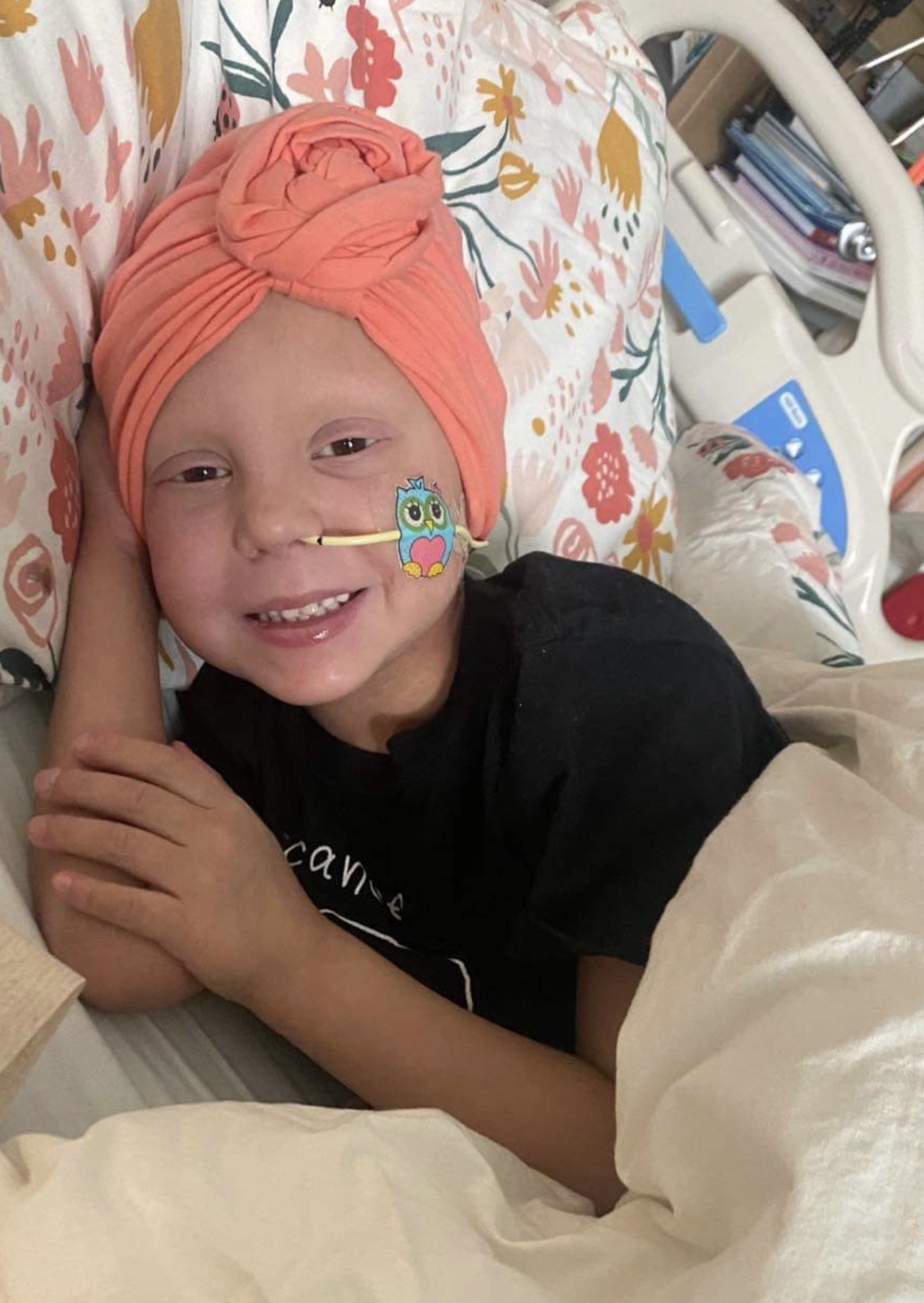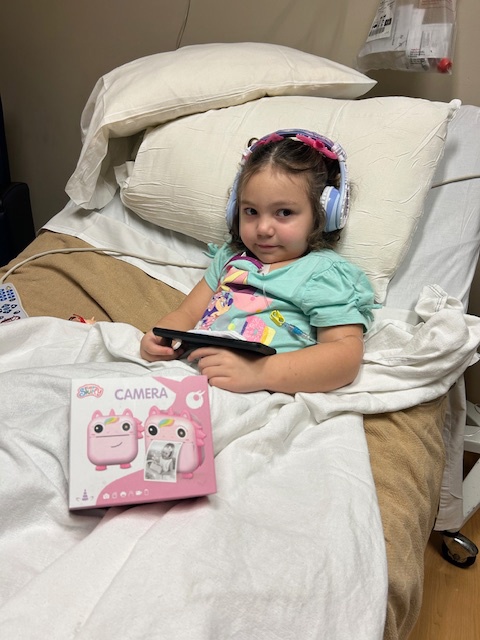Signs and Symptoms
Knowing potential signs and symptoms may indicate childhood cancer is important. While these symptoms do not necessarily mean a child has cancer, it is advisable to consult a healthcare professional if any of the following persist or cause concern:
- Continued, unexplained weight loss
- Headaches, particularly accompanied by early morning vomiting
- Increased swelling or persistent pain in bones, joints, back, or legs
- Presence of a lump or mass, especially in the abdomen, neck, chest, pelvis, or armpits
- Development of excessive bruising, bleeding, or rash
- Frequent or chronic infections
- A noticeable whitish color behind the pupil
- Nausea or persistent vomiting (without an apparent cause of nausea)
- Constant fatigue or pronounced paleness
- Sudden and ongoing changes in eye or vision
- Recurrent or persistent fevers of unknown origin
If you notice any of these signs or symptoms in a child, it is advisable to seek guidance from a healthcare professional for further assessment and an accurate diagnosis. Detecting childhood cancer early and receiving timely medical intervention are key factors in ensuring the best possible outcomes for children.
Childhood cancers encompass a wide range of specific types, as indicated in the provided navigation links. However, it is worth noting that common adult cancers like lung, breast, and colon cancer are rare in children and adolescents, although they can occur. In addition, childhood cancers generally exhibit a higher level of aggressiveness than cancers in adults.
Given the unique nature of childhood cancers, it is vital for your child to receive treatment from physicians who specialize in pediatric oncology. These specialized doctors have the expertise and experience to treat childhood cancers effectively. A multidisciplinary team of medical professionals, including primary care physicians, pediatric surgical sub-specialists, radiation oncologists, pediatric medical oncologists/hematologists, rehabilitation specialists, pediatric nurse specialists, social workers, and more, collaborate to provide comprehensive treatment, supportive care, and rehabilitation therapies. This collaborative approach maximizes the child’s chances of both survival and a good quality of life.
Specialized institutions house multidisciplinary teams dedicated to the treatment of childhood cancer. You can find a list of these institutions at the bottom of this page. Your primary care physician should refer you to one of these institutions to ensure your child receives the appropriate care. Additionally, many pediatric cancer centers offer clinical trials for various types of cancer affecting children and adolescents. For information on available clinical trials, you can visit www.clinicaltrials.gov.
By entrusting your child’s care to a multidisciplinary team and considering participation in clinical trials, you provide them with access to the best possible treatment options, supportive care, and the opportunity to contribute to advancing medical knowledge in the field of childhood cancer.
Types of Childhood Cancer
Other types of cancers are rare in children, but they do happen sometimes. In very rare cases, children may even develop cancers that are much more common in adults.
Here are some of the common types of childhood cancers. You can click the links provided to learn more about each type. Each link will provide more detailed information about the particular type of childhood cancer. Early diagnosis and appropriate medical care are crucial in effectively managing these conditions.
Osteosarcoma is cancer of the bone. The cancer (malignant) cells make immature bone cells (osteoid). Osteosarcoma is very rare, but it is the most common type of bone cancer in children and teens. It is most common in teens and young adults.
The cancer most often grows in the ends of long bones, especially the bottom of the thigh bone (femur) and the top of the larger shin bone (tibia). The top of the upper arm bone (humerus) is another common place it grows.
The types of osteosarcoma include:
- High-grade. This is fast-growing cancer. Most osteosarcoma in children is high-grade. There are several sub-types of high-grade osteosarcoma.
- Intermediate-grade. This type is uncommon. It is between high- and low-grade.
- Low-grade. This is slow-growing cancer. There are two sub-types of low-grade.
Brain tumors are the second most common cancers in children, making up about 26% of childhood cancers. There are many types of brain and spinal cord tumors, and the treatment and outlook for each is different.
Most brain tumors in children start in the lower parts of the brain, such as the cerebellum or brain stem. They can cause headaches, nausea, vomiting, blurred or double vision, dizziness, seizures, trouble walking or handling objects, and other symptoms. Spinal cord tumors are less common than brain tumors in both children and adults.
Leukemias, which are cancers of the bone marrow and blood, are the most common childhood cancers. They account for about 28% of all cancers in children. The most common types in children are acute lymphocytic leukemia (ALL) and acute myeloid leukemia (AML). These leukemias can cause bone and joint pain, fatigue, weakness, pale skin, bleeding or bruising, fever, weight loss, and other symptoms. Acute leukemias can grow quickly, so they need to be treated (typically with chemotherapy) as soon as they are found.
Lymphomas start in immune system cells called lymphocytes. These cancers most often start in lymph nodes or in other lymph tissues, like the tonsils or thymus. They can also affect the bone marrow and other organs. Symptoms depend on where the cancer starts and can include weight loss, fever, sweats, tiredness (fatigue), and lumps (swollen lymph nodes) under the skin in the neck, armpit, or groin.
The 2 main types of lymphoma are Hodgkin lymphoma (sometimes called Hodgkin disease) and non-Hodgkin lymphoma. Both types occur in children and adults.
Hodgkin lymphoma accounts for about 3% of childhood cancers. It is more common, though, in early adulthood (usually in people in their 20s) and late adulthood (after age 55). Hodgkin lymphoma is rare in children younger than 5 years of age. This type of cancer is very similar in children and adults, including which types of treatment work best.
Non-Hodgkin lymphoma makes up about 5% of childhood cancers. It is more likely to occur in younger children than Hodgkin lymphoma, but it is still rare in children younger than 3. The most common types of non-Hodgkin lymphoma in children are different from those in adults. These cancers often grow quickly and require intense treatment, but they also tend to respond better to treatment than most non-Hodgkin lymphomas in adults.
Neuroblastoma starts in early forms of nerve cells found in a developing embryo or fetus. About 6% of childhood cancers are neuroblastomas. This type of cancer develops in infants and young children. It is rare in children older than 10. The tumor can start anywhere, but it usually starts in the belly (abdomen) where it is noticed as swelling. It can also cause other symptoms, like bone pain and fever.
Rhabdomyosarcoma starts in cells that normally develop into skeletal muscles. (These are the muscles that we control to move parts of our body.) This type of cancer can start nearly any place in the body, including the head and neck, groin, belly (abdomen), pelvis, or in an arm or leg. It may cause pain, swelling (a lump), or both. This is the most common type of soft tissue sarcoma in children. It makes up about 3% of childhood cancers.
Ewing sarcoma is a rare type of cancer. It’s most common in children and teens between the ages 10 and 19. It usually grows in bone, but it can also grow in soft tissue that’s connected to the bone. This may include tendons, ligaments, cartilage, or muscles.
Ewing sarcoma most often grows in:
- Bones of the legs, hips and pelvis, chest, and arms
- Soft tissue of the torso, arms, and legs
Retinoblastoma is a cancer of the eye. It accounts for about 2% of childhood cancers. It usually occurs in children around the age of 2, and is seldom found in children older than 6.
Retinoblastomas are usually found because a parent or doctor notices a child’s eye looks unusual. Normally when you shine a light in a child’s eye (or take a flash picture), the pupil (the dark spot in the center of the eye) looks red because of the blood in vessels in the back of the eye. In an eye with retinoblastoma, the pupil often looks white or pink.
Wilms tumor (also called nephroblastoma) starts in one, or rarely, both kidneys. It is most often found in children about 3 to 4 years old, and is uncommon in older children and adults. It can show up as a swelling or lump in the belly (abdomen). Sometimes the child might have other symptoms, like fever, pain, nausea, or poor appetite. Wilms tumor accounts for about 5% of childhood cancers.
Helpful Resources
Please explore the following websites, as they provide links to valuable resources on various physical treatment side effects and strategies to combat them. Additionally, you will find links about grief, emotional support ideas, and ways to support children and families dealing with cancer.
Family Stories
